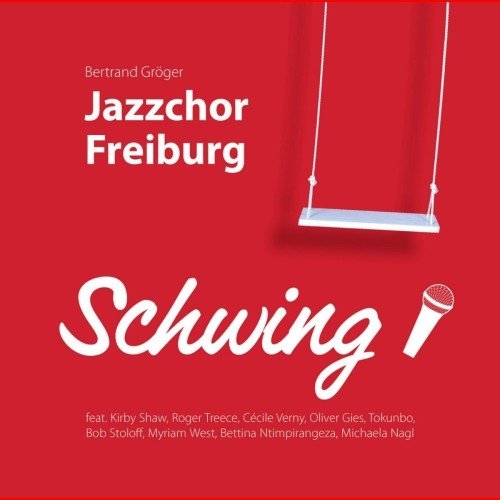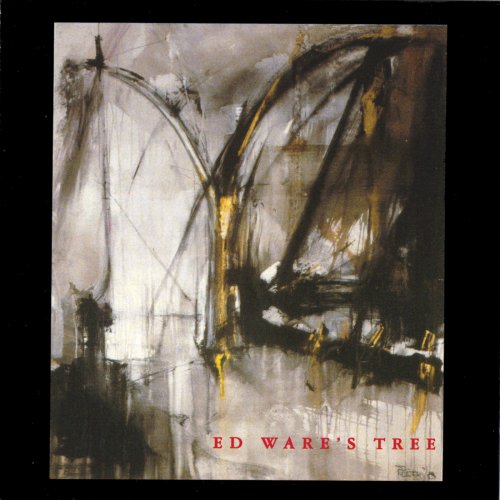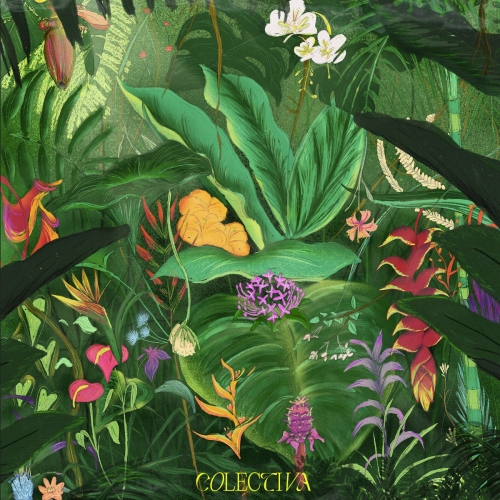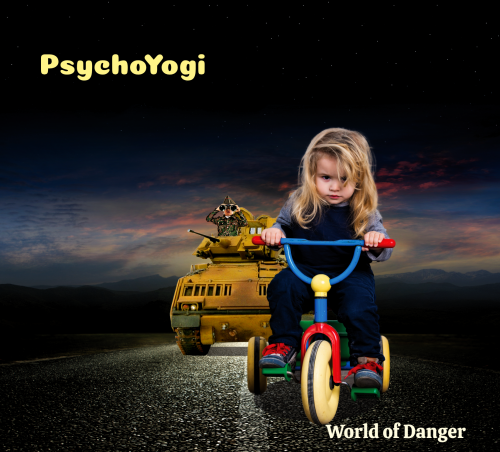01. Al Capone 2:50
02. Satisfaction 3:34
03. Wooly Bully 3:10
04. Mi Bigote 2:42
05. Fuera de Mi Corazon 3:31
06. Corre Corre 3:29
07. Vivir Sin Ti 2:46
08. With a Girl Like You 2:20
09. Los Platillos Volantes 3:16
10. Baby Come Back 2:56
11. Palabras 4:40
12. Las Ovejitas 2:45
01. Soy Asi 2:45
02. Algo de Titere 3:45
03. Judy Con Disfraz 2:50
04. Wild Thing 3:18
05. House Of The Rising Sun 4:40
06. Mi Guitarra 4:15
07. Rezare 3:53
08. Sweet Home Chicago 4:42
09. Todo Negro 4:05
10. Con Su Blanca Palidez 5:44
11. Muñecas 4:23
12. Bruja 4:25
To talk about Los Salvajes is to talk about the Spanish Rolling Stones, to talk about a tough, different response to the sound of Los Brincos, Los Mustang or Los Sirex, to talk about one of the main garage bands of Spain in the 60s, to talk about a band that has left some of the best songs that were heard during those wonderful years, all that and more, is to talk about Los Salvajes.
It all started on New Year's Eve 1962, in Barcelona, Francisco Miralles (rhythm guitar), his friend Delfín Fernández (drums) and Gabriel Alegret, who started as a guitarist, and ended up being the voice of the group (both on stage and off) decided to form a group. They needed a lead guitar and a bass, and these positions went to Andy González and Enric Canals. They started playing without much success in the clubs of the area, under the name of The Savages. Finally, Enric Canals would leave the position to Sebastián Sospedra on bass.
Little by little the group began to emerge within the music scene, and during one of their performances, a fundamental event in the history of Los Salvajes occurred: a German talent scout named Bernard Schram noticed these five boys and offered them a contract to perform at his Malgrat estate on the Costa Brava.
In 1964 they recorded their first album, an EP that included "Hoy Empieza la Vida", "Nada Ha Cambio", "Con el Corazón" and a Spanish version of the Beatles' song, "Boys". This album, through Schram, made them enter the German market (where it would be reissued in 1966).
That same year, they finally traveled to Germany, where they spent six months filming, developing and performing in none other than legendary clubs such as the Star Club in Cologne, or the Star Palace in Kiel, where they officially presented themselves in this country on November 1. Curiously, the same thing happened to them as to the Beatles during their first trip to Hamburg, and that is that the drummer Delfín, who was only 15 years old, obviously had to leave and was replaced by a German drummer.
Upon returning to Spain, they were hired to open for the Moody Blues at the Palacio de los Deportes, and that is when the all-powerful record company EMI, through Jesús Jarabo, noticed Los Salvajes and, of course, signed them. In those years, there was great competition between the record companies EMI, which took over all the groups in the Barcelona area (Los Salvajes, Duo Dinámico, Lone Star, Los Mustang…) and Philips in Madrid (Los Relámpagos, Los Estudiantes, Mike Rios…).
The following EPs by Los Salvajes (already released by EMI Regal) were a great success, most of them covers. In 1965 they released an EP that included songs like "Siluetas", a cover of "Silhouettes" by Herman's Hermits, and "Goodbye my Love".
In 1965 they released another magnificent work, which brought them fame, the EP "Satisfacción", which included a cover of "Satisfaction" by the Rolling Stones (a group they would constantly turn to in their careers). The other songs were just as good, "Se llama María", "Ya te tengo" and the cover of the classic "Wooly Bully". We arrive at the year 1966, where the fantastic Catalan group would release three EP's, in addition to the reissue in Germany of their 1964 EP.
These EP's included some of the group's greatest hits. The first one featured the songs "Todo Negro", a cover of the Rolling Stones' "Paint it Black", a marvel, a delight for the ear (recently covered by MClan), "Una chica igual que tu", a cover of the Troggs' song, or "Es la Edad". The second EP included, among others, the instrumental song "Al Capone", which according to Salvajes themselves: "It was a piece of crap that came out of a rehearsal. Until then, few bands had opted for instrumentals. We used to open concerts with it." Also notable were the songs "Paff Bum" (a song made popular by the Yardbirds) or "A la buena de Dios". The third EP from 1966, was headed by another version of a Rolling Stones hit (it should be said that many of these versions were heard in Spain even before the originals), we are talking about "La Neurastemia" (19th Nervous Breakdown), it also included "Soy así", one of the band's anthems, a true expression of the rebellious character of Los Salvajes, "Corre, Corre" or "These Boots are made for walking", a version of the classic song by Nancy Sinatra. We enter 1967, and we find an EP that included another legendary song by the band, "Mi Bigote", one of their first psychedelic songs, as an anecdote, to say that the members of the group always denied that they used drugs: "Cubatas y chavalas, whoever you want, it seems that we were on the top when we composed this type of songs, and the truth is, they were more sarcastic than anything else." Other songs included in this EP were "Fuera de mi corazón" or "El Bote Que Remo".
At that time, the rivalry between the different groups was so brutal that even in some contracts of the Brincos or the Sirex, they required a clause not to perform together...



![Tomasz Stańko - Zamek mgieł (Polish Radio Sessions vol. 3/6) (2025) [Hi-Res] Tomasz Stańko - Zamek mgieł (Polish Radio Sessions vol. 3/6) (2025) [Hi-Res]](https://www.dibpic.com/uploads/posts/2025-12/1765795906_cover.jpg)

![Betty Carter - The Music Never Stops (2019) [Hi-Res] Betty Carter - The Music Never Stops (2019) [Hi-Res]](https://www.dibpic.com/uploads/posts/2025-12/1765896843_bcmn500.jpg)




![NYO Jazz - Live in Johannesburg (Live) (2025) [Hi-Res] NYO Jazz - Live in Johannesburg (Live) (2025) [Hi-Res]](https://www.dibpic.com/uploads/posts/2025-12/1765894703_zwp14vk90corb_600.jpg)